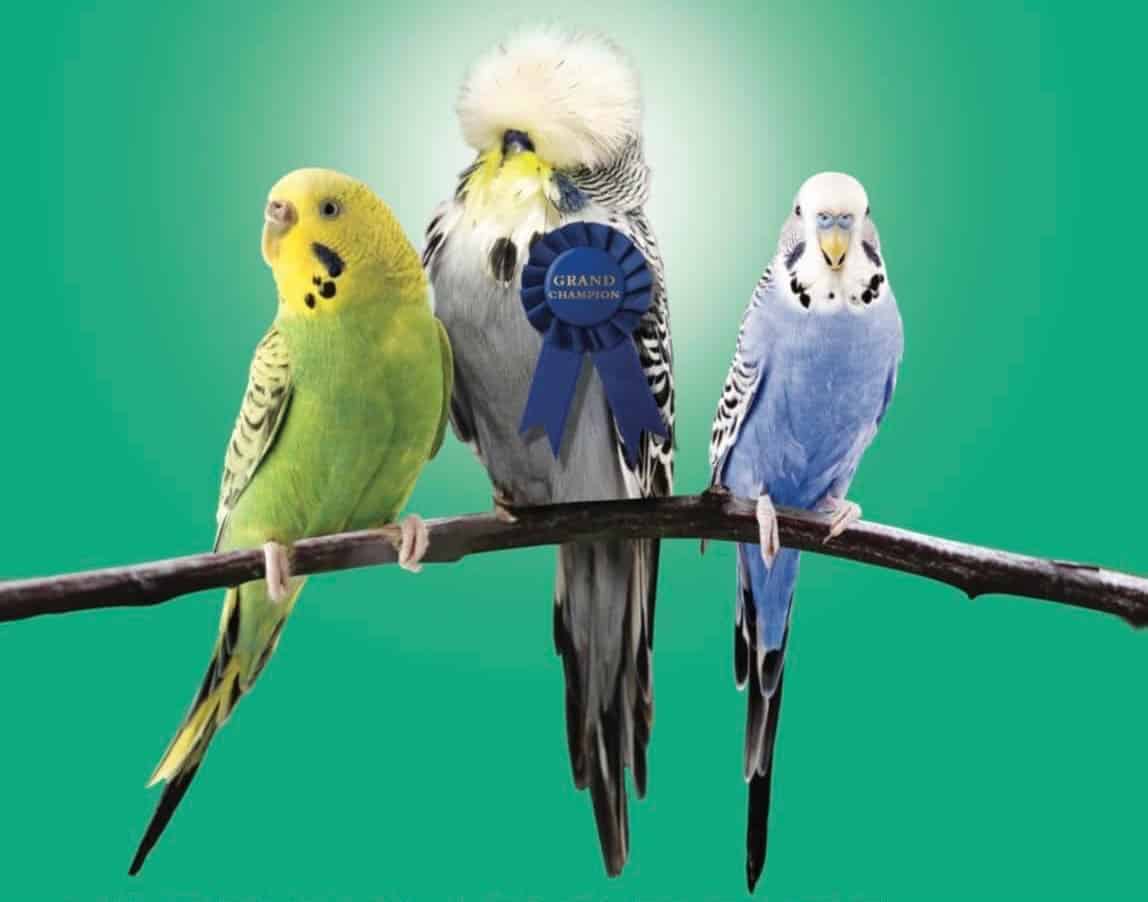Welcome to the Budgerigar Council of South Australia’s guide to pet budgies, often referred to as budgerigars, or parakeets. Pet owners across the globe are fascinated by the small, chirpy birds. Ranking just behind the ever-popular cat and dog Budgies are known as affectionate and intelligent. They are also very talkative.
It is important to first comprehend the needs and temperament of this adorable bird. This guide will equip you with the knowledge necessary to live a happy and healthy life for both you and your pet.

A social butterfly in tiny form
Budgies are social animals that thrive in social interaction. In the wild, they reside in large swarms, continuously engaging in conversation and chirping with one their fellow. Even though a single bird can develop a strong bond with their humans if they are provided with plenty of attention and love, they’d prefer feathered friends. If you’re not the type of person to care for two birds, then spend some quality time with only your single budgie.
Chatterboxes That Have A Flair To Imitate
One of the most charming features of a pet’s dog is the ability they have to imitate sounds. With patience and training, the budgies are able to learn words and phrases, adding a delightful layer of entertainment to their chirps and whistles. The vocabulary of budgies could differ. Certain budgies can become chatterboxes, while others will just whistle. However, regardless of their ability to talk, their playful vocalizations are guaranteed to bring joy to your face.
A Rainbow on Wings
Budgie birds are available in a stunning array of colors, from the classic yellow and light blue to more lively shades of violet, green, and white. Breeders have come up with a variety of changes throughout time, so you’re certain to find a feathered companion that is a perfect match for your character. Beyond aesthetics, these color variations can be a sign of a bird’s age or sex. This makes them an interesting conversation piece in the pet shop.
The feeling of having a huge space in a small area
While budgies can be small, they need plenty of room to roam, fly and climb. The minimum cage size is 20 inches long, 12 inches in depth and 18 inches tall. The bigger the cage, the better. Perches of various heights and textures can keep your bird busy. Additionally, rotate the toys frequently to avoid boredom. Natural sunlight is beneficial, but be sure to keep the cage out of direct sunlight for extended periods.
A diet that is approved by Budgies
A nutritious diet for birds of the budgie family consists of pelleted food items that have been formulated specifically for small parrots. This gives them the necessary nutrients they require to flourish. Include in their pellet diet fresh fruits and vegetables like chopped vegetables, leafy greens and apples (be certain to take out the seeds). Cuttlebones are a must for keeping their beaks tidy and providing essential minerals. Be sure to provide them with healthy, fresh drinking water.
The formation of a bond between you and your feathered companion
It takes time and gentleness to tame your budgie. Begin by slowly walking towards the cage and talking softly to your bird. To build trust, give treats like millet spray to your bird via the bars of the cage. When your pet is comfortable, you can step inside the cage. It may take several weeks before you are able to finish the process Be patient, don’t become impatient.
A Lifetime Engagement
If they are properly taken care of Budgies can live for 10 to 12 yrs. Take a look at your lifestyle and whether you are able to commit in the long-term. Do you have the capacity to maintain a daily routine in a pleasant environment, as well as an environment that is clean? If so, a budgie can be a rewarding and enriching pet that will fill your days with laughter, chirps and, perhaps, some human words (or two). Click here for Budgie Bird
The Budgerigar Council of South Australia promotes responsible pet ownership. Ask an avian vet assistance if you have any questions or concerns regarding the care and maintenance of your pet’s feathers.

